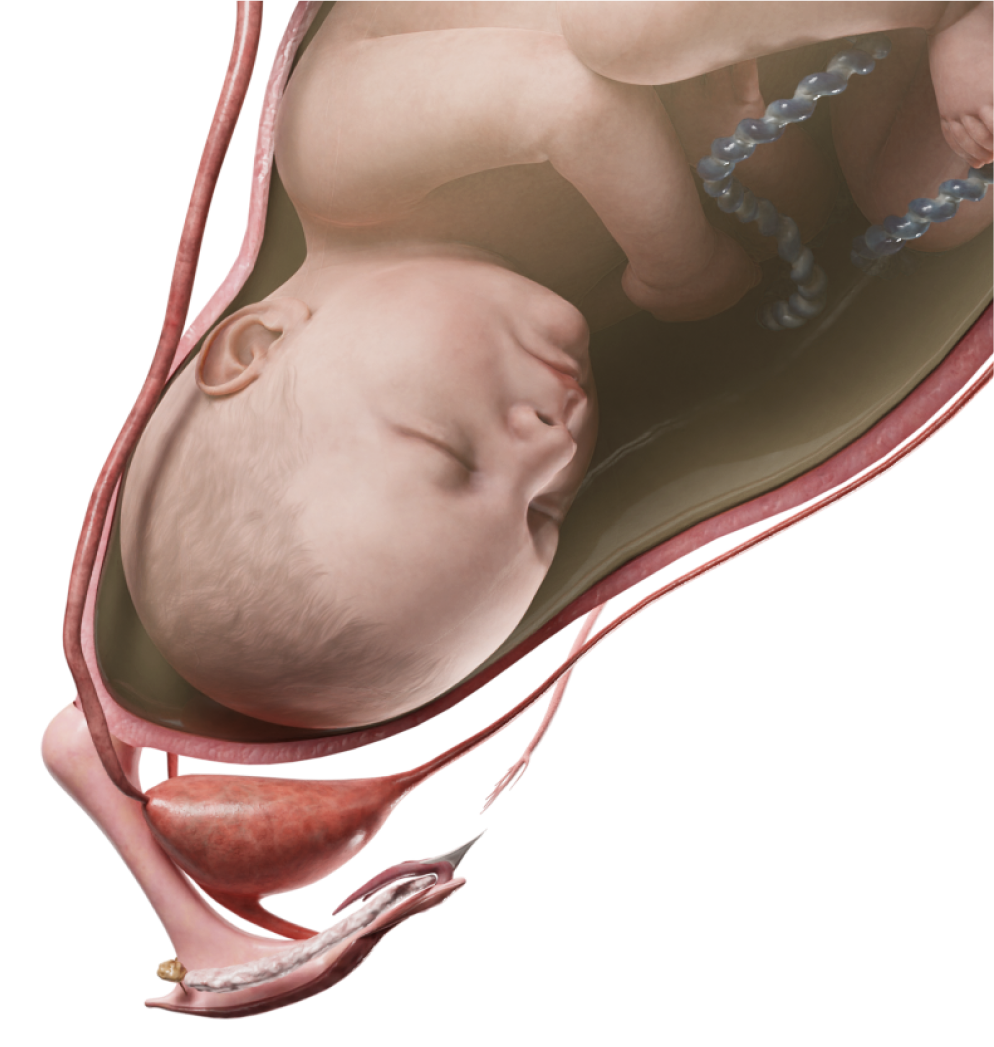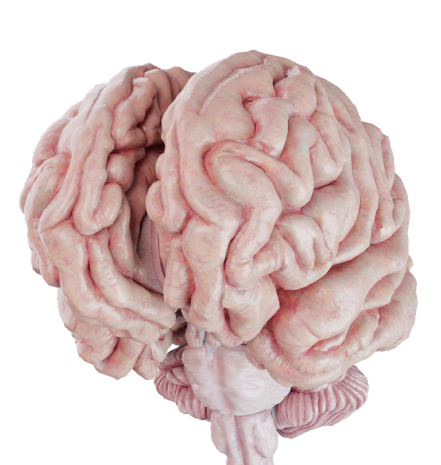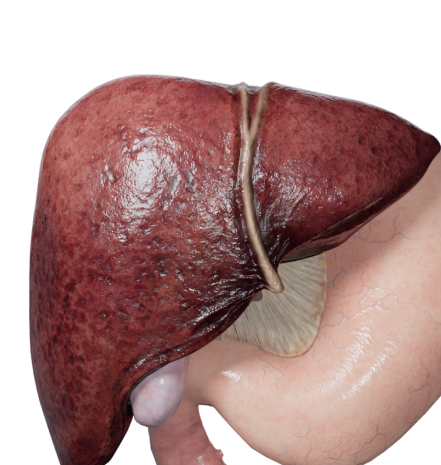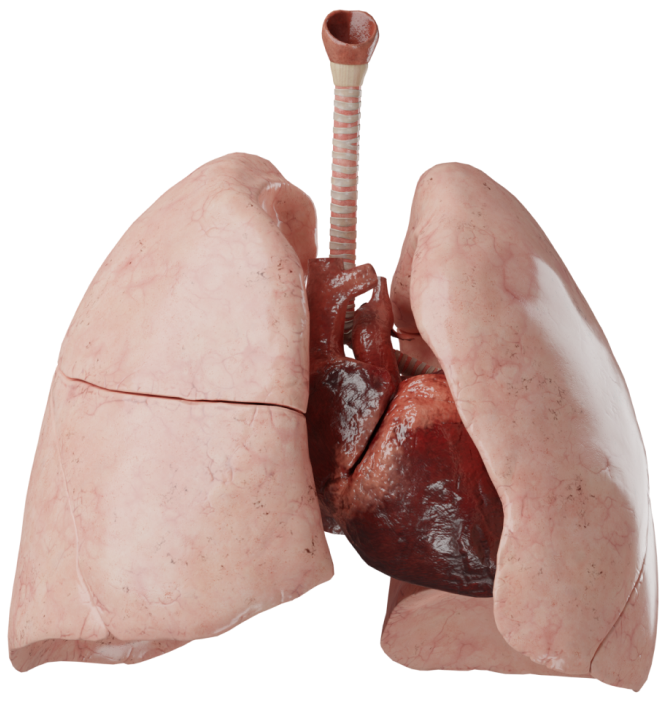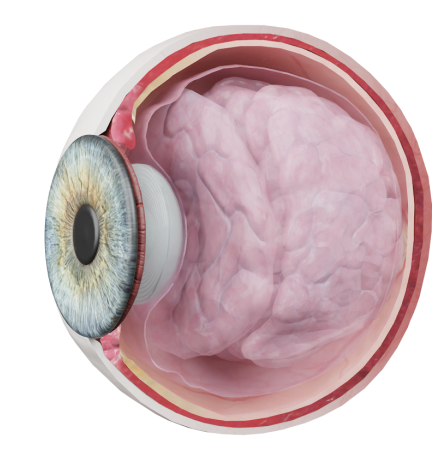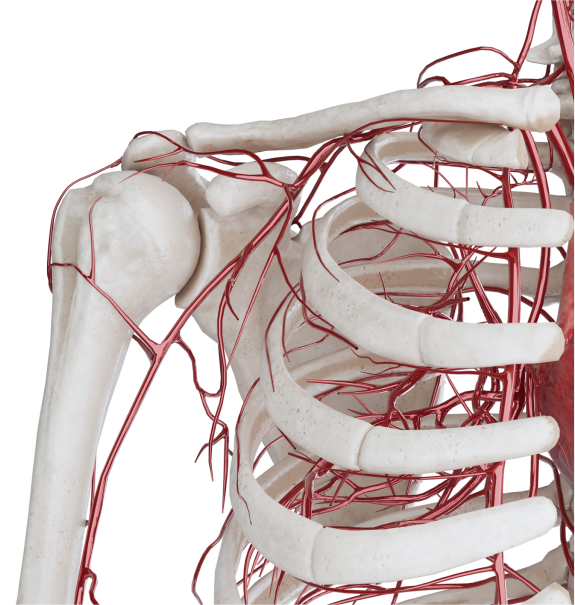Аномалии коронарных артерий
Что такое Аномалии коронарных артерий?
Аномалии коронарных артерий – группа врожденных пороков сердца, характеризующихся аномальным развитием коронарных артерий: необычным числом сосудов, расположением основных стволов, местом их отхождения.
Эмбриология
Формирование коронарных артерий происходит из внутримышечных синусоидов, которые формируют интрамуральные коронарные артерии, капилляры и вены. Из аорты начинают формироваться экстрамуральные сосуды, которые проникают в миокард и соединяются с синусоидами. Такие же зачатки формируются и в легочной артерии. При нарушении развития какого-либо из этапов формируются аномалии их развития.
Классификация
- Аномальное отхождение левой коронарной артерии от легочной артерии;
- Аномальное отхождение правой коронарной артерии от легочной артерии;
- Коронарные фистулы;
- Аномальное аортальное отхождение коронарной артерии;
- Аневризма коронарной артерии при болезни Кавасаки.
Аномальное отхождение левой коронарной артерии от легочной артерии
Анатомия
Аномальное отхождение левой коронарной артерии может быть как самостоятельным пороком, так и сочетаться с другими аномалиями. Левая коронарная артерия обычно отходит от прилежащего к аорте легочного синуса, также местом отхождения может быть не прилежащий к легочной артерии синус. Для некоторых пациентов характерен стеноз коронарных артерий. Правая коронарная артерия часто увеличена, т.к. является основным источником коронарного кровотока.
При взрослом типе порока формируются коронарные коллатерали, которые приводят к обкрадыванию коронарного кровотока. Ишемия миокарда приводит к фиброэластозу миокарда, дилатации сердца и склерозу. Часто, первым признаком заболевания является развитие инфаркта миокарда с соответствующей клиникой.
Гемодинамика
Во внутриутробном периоде эта аномалия не оказывает отрицательного эффекта, так как давление и насыщение кислородом крови в аорте и легочной артерии одинаково. Перфузия миокарда нормальная, и нет стимулов для развития коллатеральных сосудов. После рождения в легочной артерии циркулирует десатурированная кровь. По мере естественной регрессии мышечного слоя стенки легочных сосудов и падения давления в легочной артерии до нормального уровня левый желудочек кровоснабжается десатурированной кровью при низком давлении. К этому времени кровоток по коллатералям еще незначительный.
В качестве первой адаптивной реакции сосуды миокарда левого желудочка расширяются, чтобы снизить их сопротивление и увеличить кровоток. Однако сосудистый резерв скоро истощается, и ишемия миокарда усиливается.
Вначале ишемия носит перемежающийся характер и возникает только при напряжении, связанном с кормлением и плачем. Дальнейшее увеличение потребности миокарда в кислороде приводит к инфаркту переднебоковой стенки левого желудочка, сердечной слабости и митральной недостаточности вследствие дилатации левого желудочка или инфаркта передней папиллярной мышцы.
Кровоснабжение миокарда левого желудочка зависит от степени развития коллатералей, давления в левой коронарной артерии и выраженности феномена утечки крови в легочную артерию (коронарный синдром «обкрадывания», steal синдром).
Диагностика
- ЭхоКГ, КТ, МРТ. Визуализация аномалии, анатомическая характеристика.
- Рентгенография органов грудной клетки. Кардиомегалия, преимущественно за счет левых отделов. Обогащение легочного кровотока.
- ЭКГ. Электрическая ось сердца отклонена влево, в стадии субкомпенсации и компенсации признаки гипертрофии миокарда левого желудочка с субэндокардиальной ишемией. В стадии декомпенсации картина острого инфаркта миокарда.
- Катетеризация полостей сердца, ангиокардиография. Необходима для верификации порока в большинстве случаев.
Клинические проявления
Клинические проявления зависят от выраженности коллатералей между двумя коронарными системами. Выделяют два клинико-гемодинамических типа, отражающих возрастную динамику коронарного кровообращения при этой патологии: инфантильный (с малым количеством межкоронарных анастомозов) и взрослый (большое количество межкоронарных анастомозов, обеспечивающих длительное выживание).
У большинства пациентов заболевание проявляется в течение первых месяцев жизни. Первыми признаками являются нарушение общего состояния, вялость, бледность кожных покровов, повышенная потливость, рвота, срыгивания, одышка, тахикардия.
У половины больных отмечаются приступы внезапного резкого беспокойства с усилением одышки, бледности, потливости. Одышка и диарея являются типичными симптомами этого порока.
Многие дети в стадии декомпенсации заболевания отстают в физическом развитии. У них рано развивается левосторонний сердечный горб. Границы сердца расширены преимущественно влево и свидетельствуют о кардиомегалии. Тоны сердца чаще приглушены, нередко выслушивается систолический шум недостаточности митрального клапана и непрерывный мягкий систолодиастолический шум во II межреберье слева. Сердечная недостаточность выражена больше по левожелудочковому типу.
Лечение
Существуют несколько хирургических способов лечения данного порока:
- Реимплантация коронарной артерии в аорту.
- Операция Takeuchi (создание туннеля внутри легочного ствола). Эту операцию выполняют при отсутствии благоприятных условий для прямой реимплантации левой коронарной артерии в аорту.
- Модифицированная операция Takeuchi. Модифицированная техника предусматривает конструирование туннеля с помощью заплаты из Gore-Tex.
Эта модификация особенно полезна, если устье коронарной артерии расположено по левому краю легочного ствола.
Шунтирующие способы создания антеградного кровотока по левой коронарной артерии.
Аномальное отхождение правой коронарной артерии
1. Аномальное отхождение правой коронарной артерии от левого синуса аорты.
Отхождение правой коронарной артерии от левого синуса аорты довольно частая патология. Артерия обычно проходит между аортой и выводным отделом правого желудочка.
2. Отхождение правой коронарной артерии от легочного ствола.
Аномальное отхождение правой коронарной артерии от легочного ствола встречается реже, чем левой. Обычно она отходит от правого синуса легочной артерии. Затем идет в атриовентрикулярной борозде и разветвляется нормально. Обычно при такой аномалии коллатеральные сосуды развиты достаточно хорошо, левая коронарная артерия обычно расширена. Течение порока хуже при правом типе кровообращения. Клинически данный порок протекает благоприятно, без каких-либо клинических признаков или ЭКГ-признаков ишемии. При этом пороке хирургическое лечение показано не всем пациентам.
Коронарные фистулы
Анатомия
Коронарные фистулы редко являются изолированным пороком. наиболее часто они характерны для атрезии легочной артерии с интактной межжелудочковой перегородкой. Анатомически фистула представляет собой расширенный извитой сосуд, который сообщается с камерами сердца, коронарным синусом или венами сердца.
Гемодинамика
Обычно фистулы существенно не влияют на гемодинамику, но могут приводить к обкрадыванию коронарного кровотока.
Диагностика
- Коронарография, ЭхоКГ, КТ, МРТ. Визуализация дефектов.
- Рентгенография органов грудной клетки. Изменения появляются при выраженном шунте в виде кардиомегалии за счет дилатации левого желудочка и той полости сердца, в которую шунтируется кровь.
- ЭКГ. При большом сбросе появляются признаки гипертрофии миокарда желудочков, ишемические изменения.
Клинические проявления
Клинические проявления коронарных фистул колеблются от бессимптомных до выраженной сердечной недостаточности, иногда с раннего возраста. Обычно симптоматика отсутствует до примерно 20-летнего возраста. В молодом возрасте появляются мерцательная аритмия, утомляемость, одышка при физической нагрузке, ишемические боли, развивается инфаркт миокарда.
При аускультации выслушивается продолжительный непрерывный систолодиастолический шум, который в отличие от артериального протока лучше выслушивается по левому и правому краям средней части грудины.
Существует определенная связь между аускультативными проявлениями и местом впадения фистулы: если свищ открывается в правое или левое предсердие, то преобладает систолический компонент шума со среднесистолическим усилением; при впадении в левый желудочек имеет место громкий диастолический компонент (сброс крови идет преимущественно в диастолу); если фистула открывается в правый желудочек, среднедиастолический компонент громче среднесистолического.
Лечение
Хирургическое лечение не показано при изолированных маленьких фистулах без нарушений гемодинамики. Основным методом лечения является эндоваскулярное закрытие фистул.
Аномальное аортальное отхождение коронарной артерии
Анатомия
Можно выделить следующие аномалии коронарных артерий, отходящих от аорты:
- Тангенциальное (по касательной) отхождение коронарных артерий от аорты;
- Аномальный путь коронарной артерии между аортой и легочной артерией;
- Отхождение левой главной коронарной артерии от правого (переднего) синуса Вальсальвы;
- Отхождение правой главной коронарной артерии от левого синуса Вальсальвы;
- Единственная коронарная артерия;
- Интрамуральное прохождение коронарной артерии;
- «Ныряющие» артерии (myocardial “bridges”).
Диагностика
Диагностика осуществляется с помощью катетеризации полостей сердца, ангиокардиографии, ЭхоКГ, КТ, МРТ.
Лечение
Лечение заключается в пластике или перемещении коронарной артерии.
Аневризма коронарной артерии при болезни Кавасаки
При болезни Кавасаки наблюдаются аневризмы, тромбозы и панваскулит артерий. Поражению могут подвергаться обе коронарные артерии. Заболевание может протекать бессимптомно до момента развития разрыва аневризм или инфаркта миокарда. Таким пациентам необходимо оперативное вмешательство: резекция аневризмы, аортокоронарное шунтирование или лигирование пораженной артерии.




